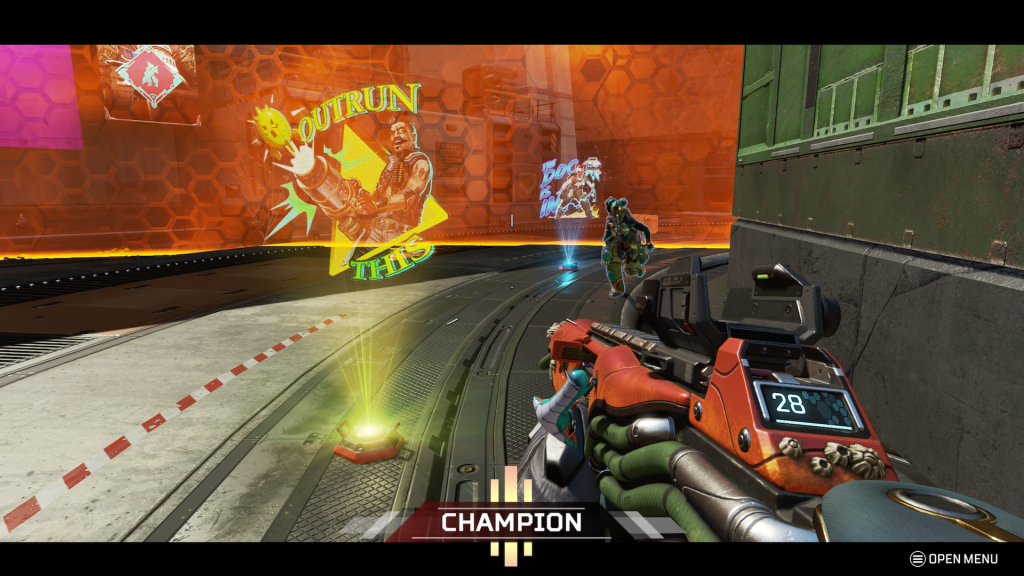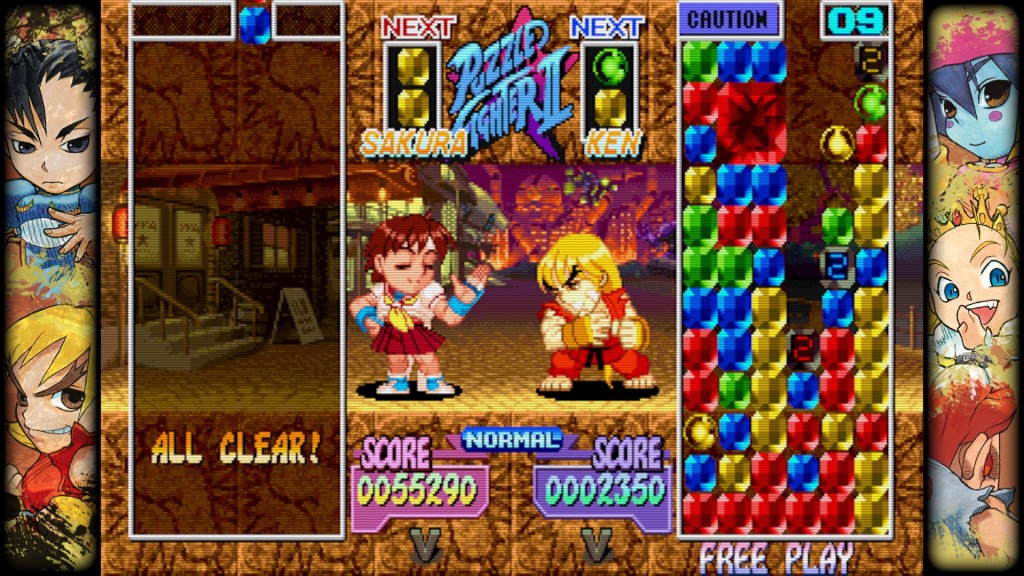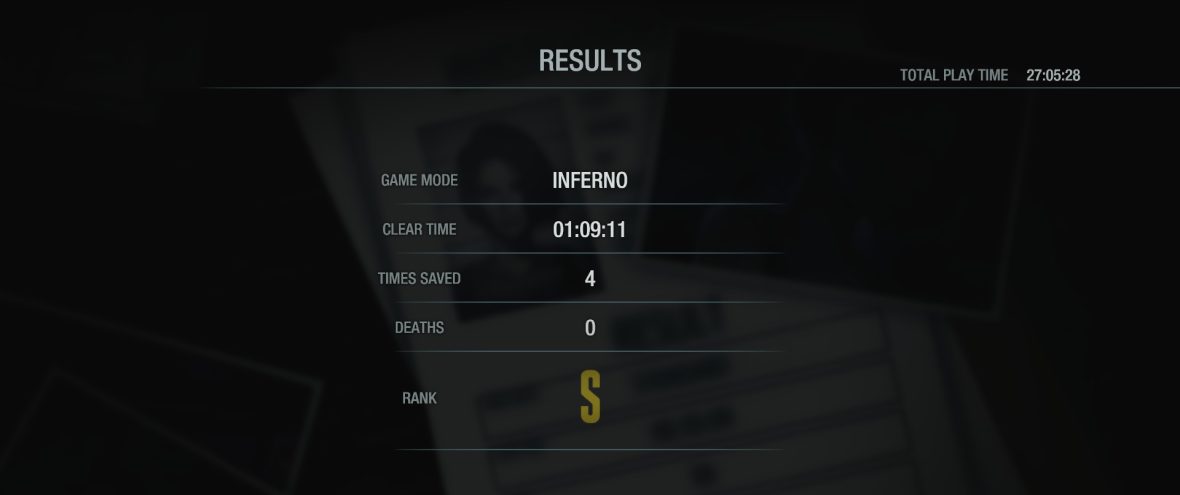Back when I was a kid in the 1990s, it was pretty common to see video games painted as an anti-social activity. It was the realm of friendless, maladjusted children, according to many a news segment warning parents of the dangers of the medium. I feel like that was never really true, but modern gaming is such a social hobby that it seems such stereotypes might finally be dying.

Even back then, gaming was a social affair. I played many video games with friends at sleepovers, parties and trips to the local arcade. Couch co-op and versus modes were plentiful, and were the primary selling points of entire genres such as fighting games. We had “party games” spring up thanks to series like Mario Party and You Don’t Know Jack, which offered lively yet casual competition with friends.
Once online gaming took off, things really changed. I can remember so many stories about the impact World of Warcraft had on gaming circles, since it was such a huge mainstream success. Playing an MMO is still a popular way to make friends while gaming, since entire friend groups can form around guilds. The proliferation of online services such as Xbox Live and the PlayStation Network in the late 2000s helped foster similar communities on console, since you could now add people to your friends list and play together without having to be in the same room.

Various other social features have been added to gaming platforms over time. Steam has many features meant to facilitate socialization, for example. Decorating your profile to show off your games/badges/achievements, discussion forums for each game, the ability to write guides and reviews, share artwork and screenshots; all of these things add a social element that we didn’t have when I was young. It’s not much different on consoles, either. I can boot up my Switch right now, see what games my friends have been playing and invite them to play with me. On Xbox, I can look at an achievement leaderboard for my friends list or find new people to play with by making a “looking for group” post. PlayStation is a similar story; I can compare trophy lists with my friends and see community updates from the video games I’ve been playing recently. It’s far from a solitary experience.
These features are all still enjoyed today, and I would argue have been amplified by social media. Around the world, people log on to sites like Twitter and Reddit to share their most recent wins in battle royales, lucky pulls in gacha games, reactions to the latest trailers and announcements, fan art of their favorite characters, predictions for award season, and so on. I think it’s neat that I can hop on Discord and find servers for people to discuss obscure retro horror games with. Twitch is full of people streaming games every day, as well as events like speedrunning marathons and charity drives. As video games become more popular as a global pastime, the shared experience also grows.

Video games have provided a fun way to socialize since the earliest arcade days, but they used to have a reputation as an anti-social activity. I’m glad to see that image fading away over time, and love that this hobby of mine can bring people together from all over the world. I’m interested to see how social aspects of video games continue to evolve over time.

